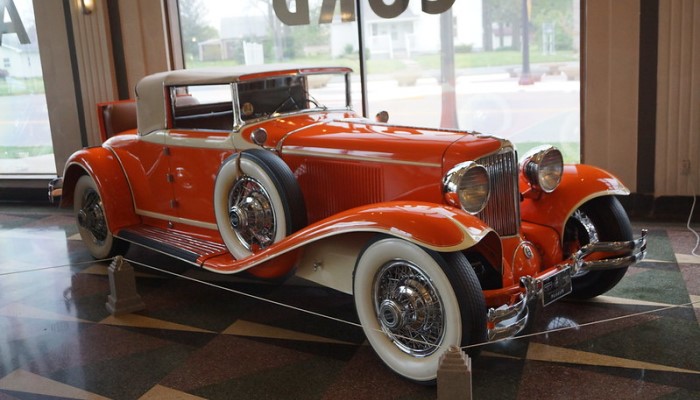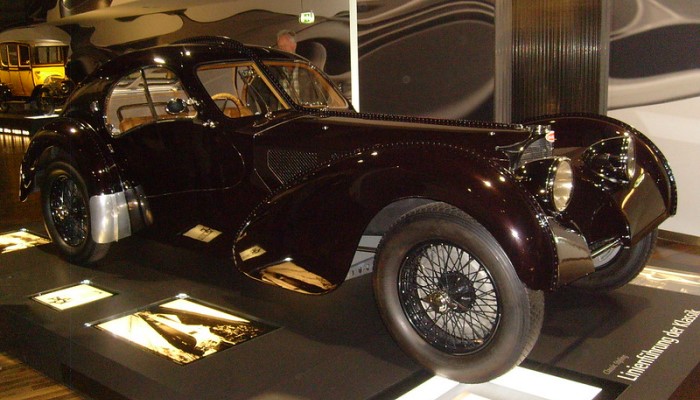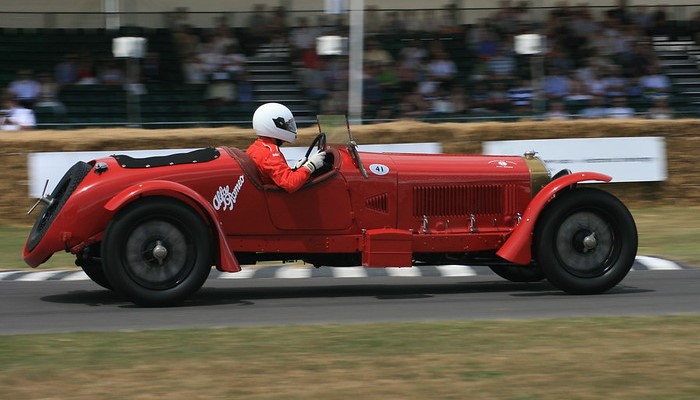Lancia Lambda
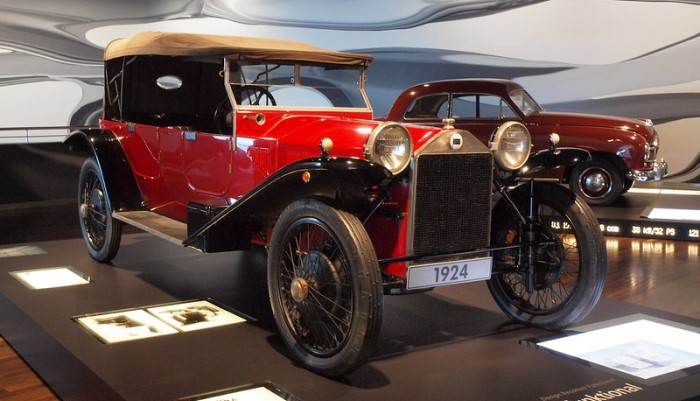
Photo: "Lancia Lambda 1924" by moedermens
A True Breakthrough in Automotive Technology
Vincenzo Lancia, on the advice of his uncle, a history teacher, named his cars with letters of the Greek alphabet. From the very beginning, they were distinguished by "uncommon expressions on their faces."
Thus, the first-born Alfa (1907) had a 4-speed gearbox and a cardan drive in the era of dominance of two- and three-speed gearboxes and chain drives. The Theta model (1913) was the first in Europe to receive full electrical equipment as standard, and the Kappa, designed during the First World War, had the first V12 engine.
But the most impressive breakthrough into the future was Lambda, which made its sensational debut at the 1922 Paris Salon. Its highlight is the frameless design, which supports the body.
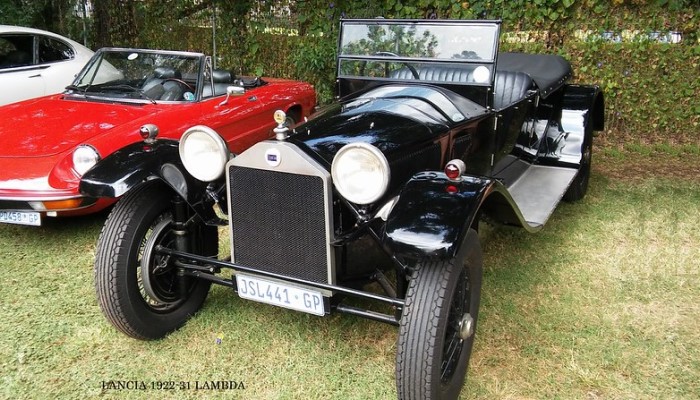
Photo: "Lancia 1922-31 Lambda. vvc." by Basic Transporter
Stamped sidewalls with small cutouts for doors and a developed driveshaft tunnel were the main elements of the rigid frame, which were connected to each other by powerful cross members in the seat backs and the partition of the engine compartment.
According to legend, the idea for such a body was born to Vincenzo Lancia while on a sailing yacht on Lake Como. Then a squall suddenly hit, but the boat remained intact, although it almost capsized, after which Lancia decided to use its elegant and durable design for his own purposes.
Engine Specifications and Performance
The front suspension of the car was independent, with telescopic hydraulic shock absorbers, and all four wheels were equipped with brakes. And all this in 1922, when many designers considered front brakes an unnecessary luxury! But a light and fast car needed them. (Top speed: 71 mph / 114 kph)
The aluminum engine was also unusual. Its four cylinders are arranged in a V-shaped unit with a camber angle of only 13°. 49 hp was extracted from the original 129 ci (2.1 liters) displacement.
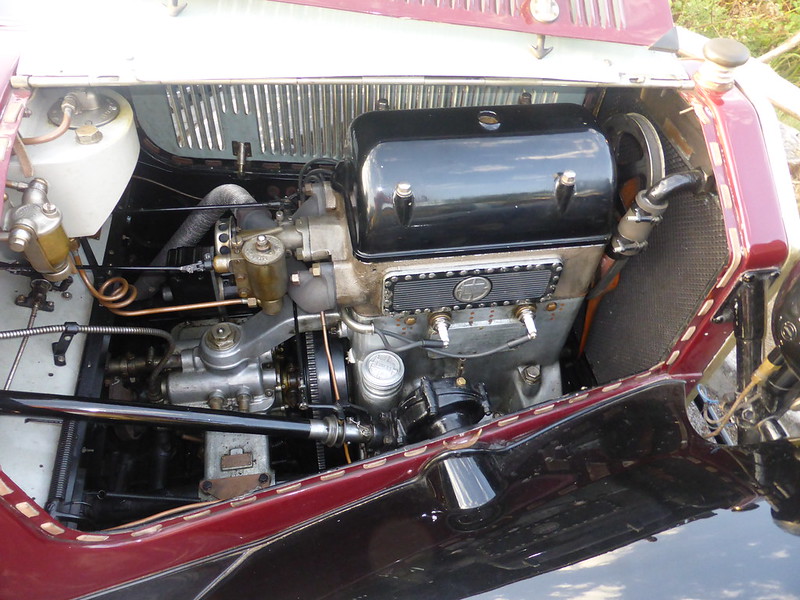
Photo: "Lancia Lambda (1925)" by andreboeni
Engine Specs
| Engine Type | V4 |
| Layout | Front engine, RWD |
| Displacement | 129 ci (2,119 cc) |
| Power | 49 hp |
| Power/Weight | 61 hp / Tone |
Performance
| Top Speed | 71 mph (114 kph) |
In cars of later production with 157 ci (2.6 L - 69 hp), the engine was so compact that there was enough space under the hood for a clutch and a 3- or 4-speed gearbox, giving passengers extra space.
Popularity of Lambda
A rigid body with a low center of gravity provided the car with excellent handling. Lambda's popularity exceeded all expectations, and the company could barely cope with the flow of orders. From 1923 to 1931, about 13,000 copies of the model were produced in nine series, which differed slightly from one another.
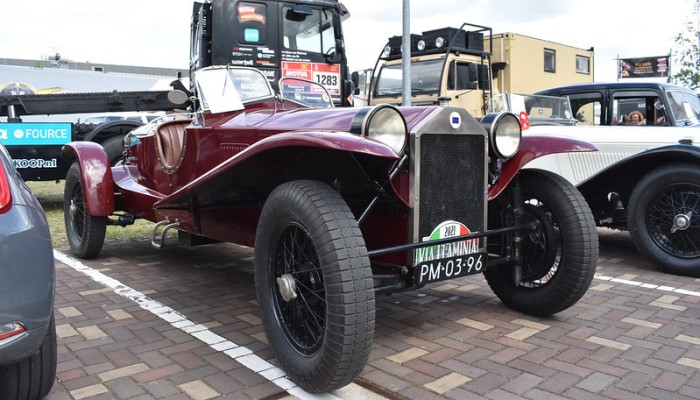
Photo: "Lancia Lambda" by denniselzinga
According to some wealthy clients, Lambda had one drawback: the impossibility of installing individual custom bodies in the fashion of that time.
Wanting to correct the situation and at the same time gain a foothold in the prestigious car market, Lancia prepared in 1928 a version of the Dilambda with a 242 cu in (4-liter) 100-horsepower V8 and an X-shaped frame. New design features include a centralized chassis lubrication system, a brake booster, and two electric fuel pumps.
Does it Exist in Today's Market?
The Lancia Lambda has long been admired for its sleek design, advanced engineering, and rich history. As one of the first cars to feature a unibody construction, the Lambda represented a true breakthrough in automotive technology. However, in today's market, this vintage beauty faces its fair share of challenges.
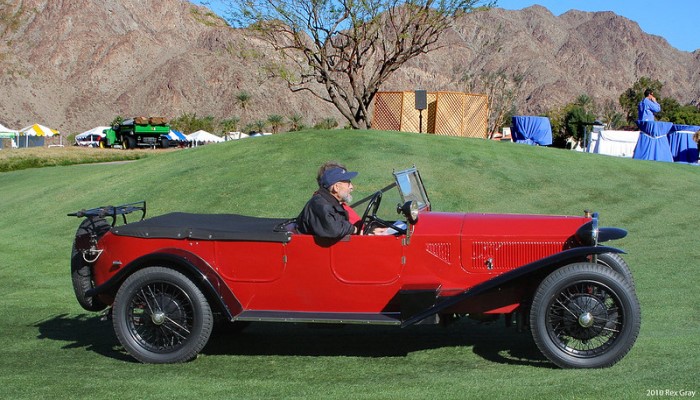
Photo: "1924 Lancia Lambda 2nd Series - svr" by Rex Gray
One of the biggest hurdles that potential buyers of a Lancia Lambda face is finding one that is in good condition. These cars are over 90 years old, and many of them have succumbed to the ravages of time. Rust, mechanical issues, and worn-out interiors are all too common, making finding a well-preserved Lambda a real treasure hunt.
In the graph below you can see the sales over the last five years. Naturally, the offer is very "thin"... Price? Somewhere between $130,000 and $700,000.
Even if one does manage to find a Lambda in good shape, the price tag will likely be steep. These vintage automobiles are highly sought-after by collectors, driving up demand and, subsequently, the price. Potential buyers should be prepared to shell out a significant amount of money for such a piece of automotive history.
On top of that, the maintenance and restoration costs associated with owning a Lancia Lambda can be exorbitant. Finding spare parts for a car that hasn't been produced in decades can be a challenge in itself. And once those parts are obtained, the labor costs for skilled mechanics are not to be taken lightly.

However, for those passionate about vintage cars and the allure of owning a Lancia Lambda, the investment may be well worth it. These cars have a certain charm that is hard to replicate in modern vehicles.
The attention to detail, the hand-crafted interiors, and the sheer craftsmanship put into each Lambda make it a true piece of art on wheels.
Moreover, the prestige that comes with owning a Lancia Lambda is unparalleled. Each time you take it for a spin, heads will turn, and people will marvel at the sight of such a rare gem. It becomes not just a mode of transportation but a statement of style and taste.
In conclusion, while the challenges of purchasing and maintaining a Lancia Lambda are not to be taken lightly, the rewards are equally enticing. For those who appreciate automotive history and are willing to invest the time, effort, and finances required, owning a Lambda can be a truly fulfilling experience.
So, if you're up for the challenge, start your search for this vintage beauty today and be prepared to embark on a remarkable journey through time.

Unique Car Zone Team
A group of several fans of everything that moves on four wheels, a few article creators, a couple of marketing strategists, designers, web developers, and lots of coffee.




